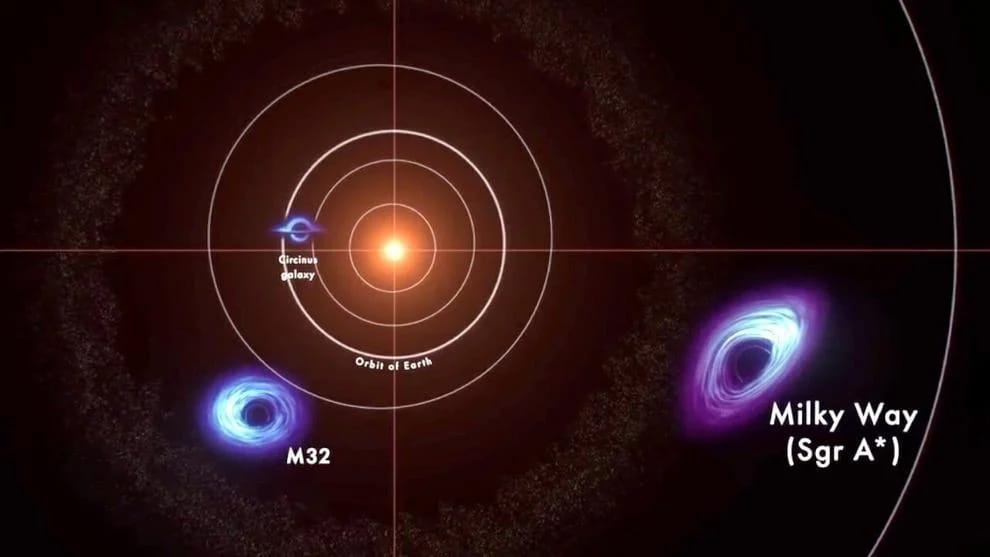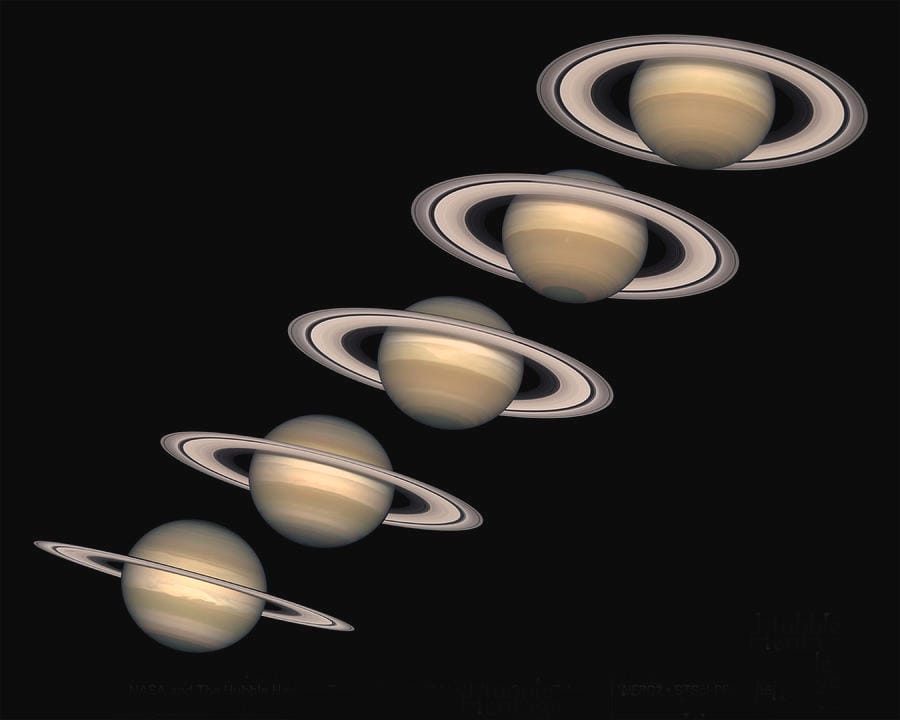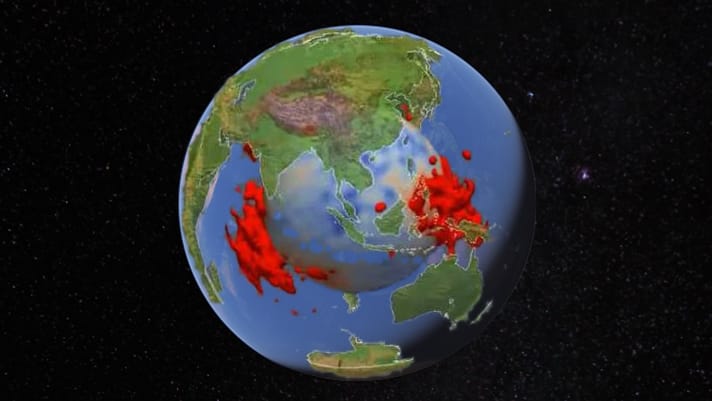Table of Contents
Cosmic horror writer H. P. Lovecraft was a lifelong atheist who espoused what he called a “Cosmic” perspective on life. From the viewpoint of an infinite universe, all of mankind’s worries, glories, strivings and achievements were utterly insignificant. Far from depressing, he argued, it was in reality a comforting thought, because it put the petty discomforts of each of us into perspective. To his credit, Lovecraft, who lived a life of genteel poverty, and died young of a painful cancer, was no foxhole convert, but stuck to his Cosmic guns.
(I personally tend more to the view of Blaise Pascal, who wrote that, Even if the universe were to crush him, man would still be nobler than his slayer, because he knows that he is dying and the advantage the universe has over him. The universe knows none of this.)
Still, anyone who’s ever gazed up into a starry night knows that there’s some comfort in knowing that, beyond Earth, there is glory and beauty unimaginable. And, when as now, terrestrial news is thoroughly depressing stuff, there’s nothing like a few fascinating space stories to take our minds off the horror of earthly existence.
Here’s just a couple of recent ones.
Scientists have discovered the oldest black hole yet, formed a mere 470 million years after the Big Bang.
Given that an average star like our own is expected to live for around 8 billion years, such a short lifespan indicates that the early universe was a very different place.
The findings, published Monday, confirm what until now were theories that supermassive black holes existed at the dawn of the universe. NASA’s James Webb Space Telescope and Chandra X-Ray Observatory teamed up to make the observations.
Given the universe is 13.7 billion years old, that puts the age of this black hole at 13.2 billion years.
Even more astounding to scientists, this black hole is a whopper — 10 times bigger than the black hole in our own Milky Way.
It’s believed to weigh anywhere from 10% to 100% the mass of all the stars in its galaxy. That is nowhere near the minuscule ratio of the black holes in our Milky Way and other nearby galaxies, scientists said.

In one sense, that’s not so surprising: only the biggest, most furiously burning stars explode into supernovae and then collapse into supermassive black holes — and they do so relatively quickly. Truly, the brightest stars really do burn the fastest. Sirius in our own galaxy, for instance, is less than 250 million years old (compared to the Sun’s four billion), and is expected to explode some 500 million years from now.
But for such a supermassive star — and subsequently, supermassive black hole — to form so quickly in the life of the universe is suprising.
“It’s just really early on in the universe to be such a behemoth,” said Yale University’s Priyamvada Natarajan, who took part in the study published in Nature Astronomy.
Kenosha News
Closer to home, one of the “wow” sights that everyone who gets a backyard telescope almost immediately zooms in on is Saturn. With its famous ring system visible under even a small telescope, it’s no wonder.
But, if you’re getting the kids (or yourself) a telescope for Christmas, best take a look at Saturn soon.
NASA reports that the gas planet’s signature interstellar hula hoops are going to vanish from view in 18 months — but thankfully it’s just an optical illusion.
Come March 2025, Saturn’s iconic rings — which extend from 43,500 to 87,000 miles, or the equivalent of 30 Earths — will be rendered invisible from our terrestrial perspective due to the planet’s tilt within its axis of orbit.
Just like the Earth, Saturn has a tilted axis. As it orbits the Sun, that axial tilt relative to the Earth changes. Given that Saturn takes roughly thirty years to orbit the Sun, every fifteen years or so, that tilt means that the rings are edge-on to our field of vision.

Every 13.5 to 15.7 years, Earth sees Saturn on a perfectly horizontal plane, causing the bands of cosmic dust to seemingly disappear from our far-flung view.
That’s because, despite the rings’ vastness, they measure as thin as 300 feet in most places — which is nothing considering that Saturn is a staggering 746 million miles from Earth.
The adorned planet’s tilt is currently angled downward at 9 degrees and will decrease to a barely perceptible 3.7 degrees come 2024.
When this angle hits zero in March 2025, spotting these celestial circles will be akin to seeing “a sheet of paper edge-on when it’s positioned at the far end of a soccer field,” according to Earth.com.
New York Post
But, don’t worry — they will tilt back into view pretty quickly. By 2032, the angle of tilt will be at its maximum, meaning that the rings will be putting on their best show for us amateur astronomers.
Finally, one more story that’s so earthbound that it’s right under our feet — but still pretty mind-boggling: gigantic blobs of an unimaginably ancient planet may be lodged deep inside the Earth. The last fragments of a 4 billion-year-old bit of planet-smashing.
In the 1980s, scientists discovered two continent-sized blobs of unusual material deep near the center of the Earth: one beneath the African continent and one beneath the Pacific Ocean.
Each blob is twice the size of the Moon and likely composed of different proportions of elements than the mantle surrounding it.
Where did these strange blobs — formally known as large low-velocity provinces (LLVPs) — come from?

Evidence — and computer simulations — suggest that they may be massive remnants of an ancient protoplanet dubbed Theia, which slammed into the still-molten Earth about 4.5 billion years ago. The collision is thought to have formed the Moon — and left two gigantic chunks buried in the Earth.
These Theia relics are proposed to have been tens of kilometers across, and the authors suggest that they sunk to the lower region of the mantle and accumulated to form dense blobs above the Earth’s core […]
“It appears that Earth’s blobs are remnants of a planetary collision that formed our Moon,” said Arizona State University’s Professor Ed Garnero.
“In other words, the massive blobs currently inside Earth, deep beneath our feet, are extraterrestrial. Earth not only has ‘blobs,’ Earth has extraterrestrial blobs!”
Sci News
Which is pretty amazing stuff.









